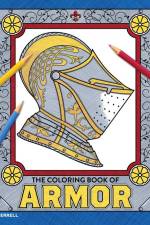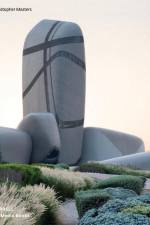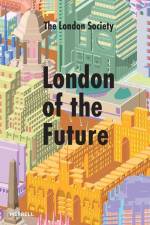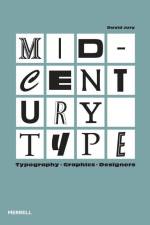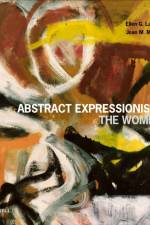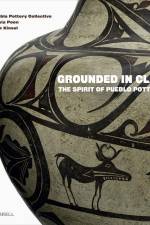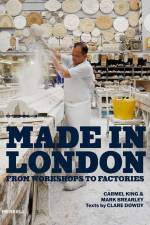639,-
The first building-by-building survey of the remarkable architectural achievements in Saudi Arabia over the last fifty years, featuring case studies of 45 outstanding projects as well as previews of buildings due for completion by 2030.Since the mid-1970s, there has been unprecedented construction in Saudi Arabia, much of which has involved high-profile architects and engineers from the Kingdom and around the world. They have produced buildings that are often highly innovative in their style, sustainability, construction techniques, and materials while drawing on the country's rich architectural heritage and taking account of environmental and climatic factors. Many of these developments were commissioned by King Salman when he was governor of Riyadh, giving rise to a body of architecture known as Salmani. The principles of the Salmani architectural style - authenticity, continuity, human-centered design, liveability, innovation, and sustainability - have determined much of the architecture, interior design, landscaping, and urban planning of recent decades. Through detailed case studies, this new book shows how innovation has been combined with an interest in conservation and urban regeneration, as well as a concern for the social and human impact of architectural and planning decisions. From commercial developments and government and civic buildings to cultural and leisure facilities and palaces and mosques, a wide variety of projects are featured. While some have a strong basis in vernacular styles, others are daring, visionary designs, among them NEOM, an ambitious development incorporating a smart, car-free city known as The Line. Among the featured international and Saudi architects are Ateliers Jean Nouvel, Beeah, Bjarke Ingels Group, Foster + Partners, Henning Larsen, HOK, Kengo Kuma & Associates, Omrania, Saudi Oger, Snøhetta, SOM, Thomas Heatherwick, and Zaha Hadid Architects.As author Christopher Masters discusses in his text, the radicalism of NEOM (part of the Vision 2030 plan led by Crown Prince Mohammed bin Salman), the traditionalism of Salmani architecture, and the conservation programs in such locations as central Jeddah and the historic town of Diriyah appear to be very different in approach and philosophy. Yet all promote a strong interest in urbanism, an alternative to the car-oriented cities constructed as Saudi Arabia rapidly modernized in the last decades of the 20th century. They embody an aspiration to improve society through architecture and environment and to create cities that are fit for the challenges of the future. Lavishly illustrated with plans, drawings, and photographs, this timely volume highlights a field of architecture that has international importance and relevance and deserves to be more widely known outside the region.


